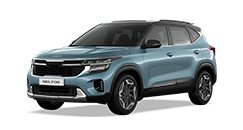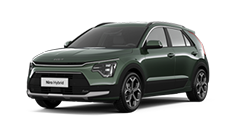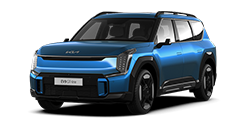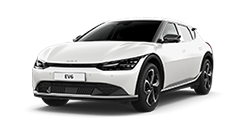open menu
- Home>
- Discover Kia>
- ASK>
- Do electric cars have transmissions?
Do electric cars have transmissions?
“A significant difference between conventional vehicles and EVs is the drivetrain. Simply put, the majority of EVs do not have multi-speed transmissions. Instead, a single-speed transmission regulates the electric motor.”
For those who started driving with a manual should be fairly familiar with the concept of changing gears. Whether the goal is to quickly accelerate or efficiently reach cruising speed, internal combustion engines only generate efficient power at certain RPM ranges. Therefore, adequate distribution of power is required through gear shifts at the right RPM range. Generally, torque output is highest during low gears to move the car from a standstill. As the vehicle gains momentum, torque gradually decreases. For these reasons, gear ratios are carefully calculated and set by manufacturers in accordance to engine output to maximize efficient power at each gear.
This is not the case in electric cars. Electric cars don’t require multi-speed transmissions because of the so-called “engine” in an electric car, an electric motor. While internal combustion engines require multiple gears with different ratios for power output, electric motors produce a consistent amount of torque at any given RPM within a specific range. Electric motors deliver power instantly, meaning, the process of building up torque through revving as in internal combustion engines is unnecessary. Car manufacturers incorporate carefully calculated gear ratios to maximize efficiency for the electric motor without having to switch through gears.
Additionally, most electric motors can operate beyond 10,000RPM with ease. Since electric motors are able to produce consistent torque across such an extensive RPM range compared to the 6,000RPM redline of many internal combustion engines, a multi-speed transmission would only create inefficiencies such as added weight and extra production costs.














